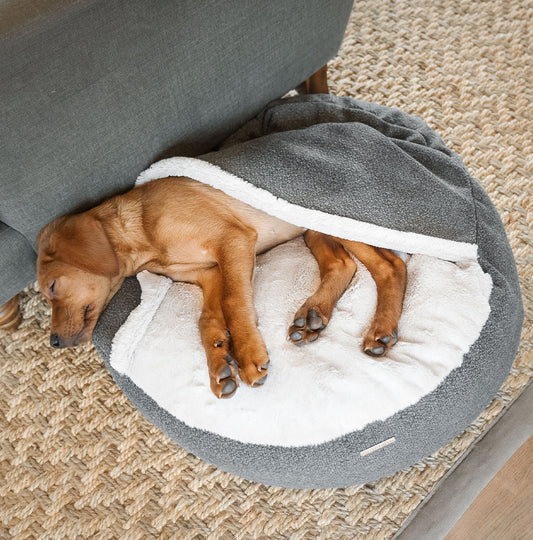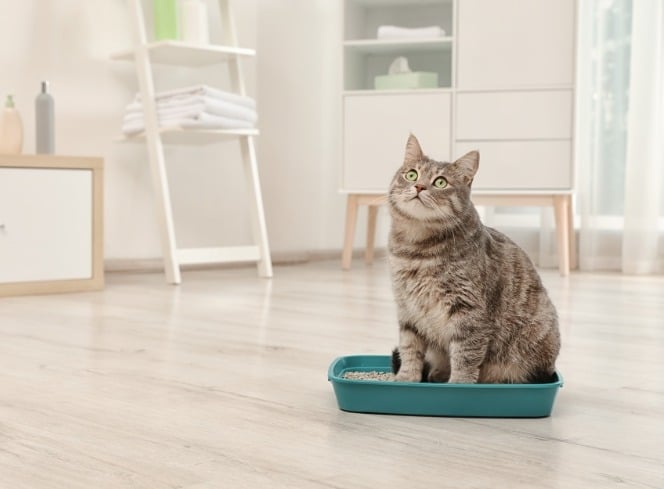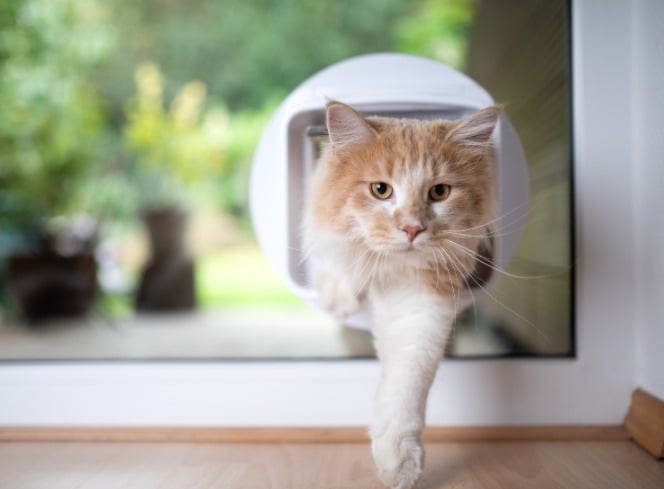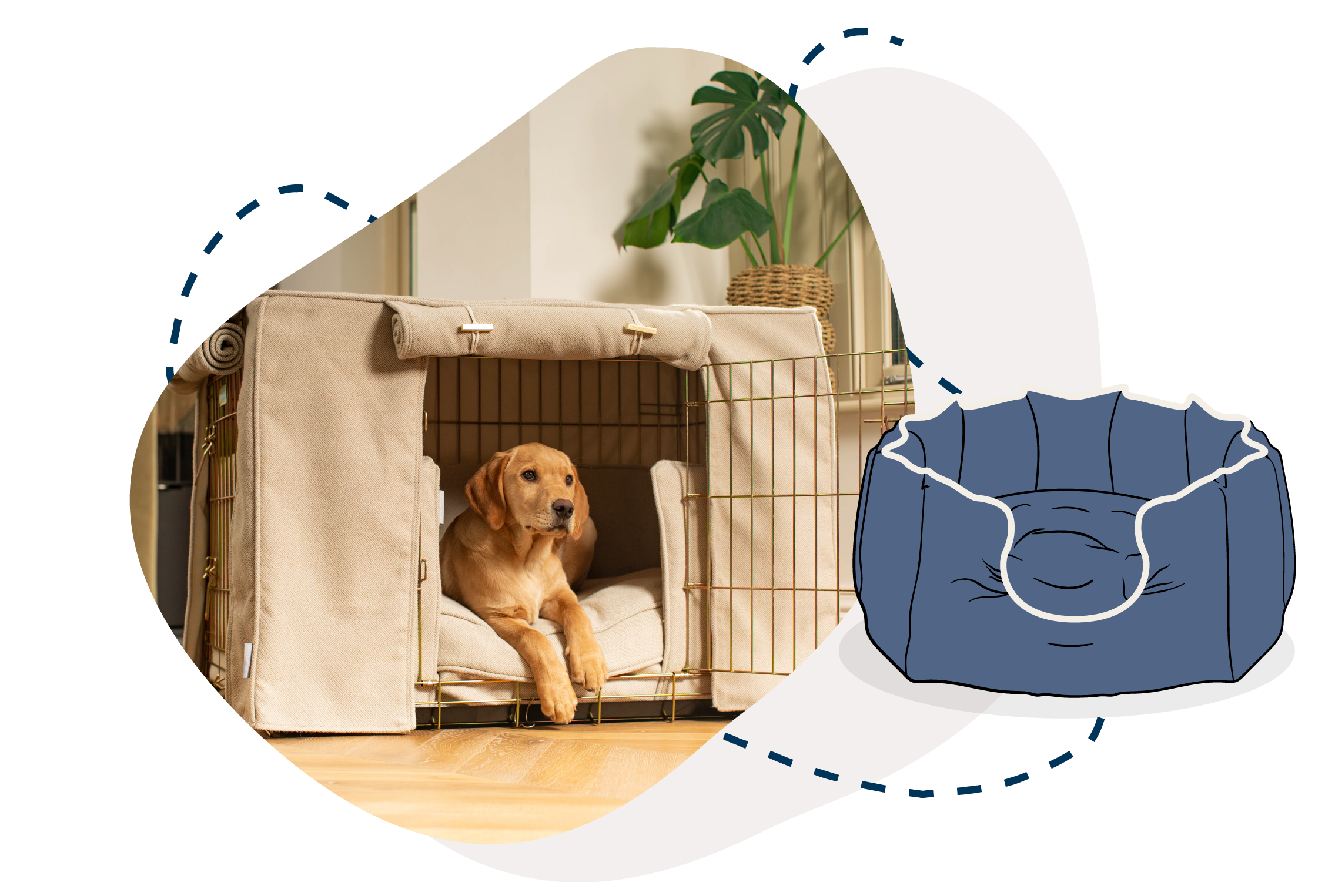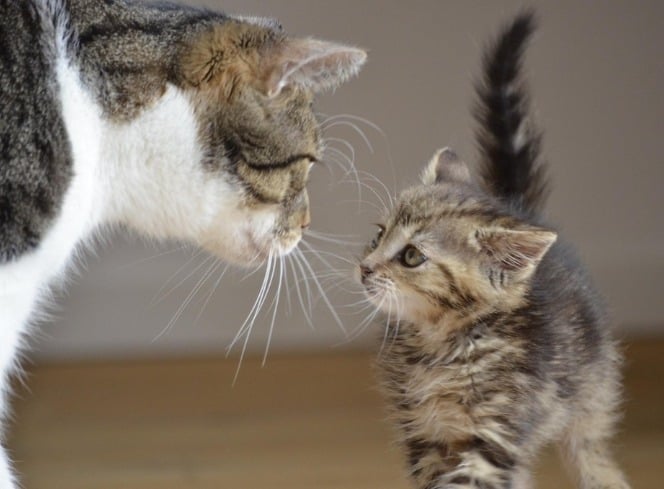
How to Introduce a Kitten to an Older Cat
Bringing a new kitten home is an exciting moment, but if you already have an older cat, you may be wondering how to make the introduction as smooth as possible. Cats are territorial creatures, and a sudden change in their environment can lead to stress, hissing, and even aggression. Fortunately, with patience and the right approach, you can successfully integrate a kitten with an older cat and create a harmonious home. In this guide, we’ll walk you through every step of the process, from preparation to long-term integration. Preparing for the Introduction Before your kitten and older cat meet, it’s important to set the stage for success. Cats thrive on routine, so any disruption should be handled with care. 1. Create a Safe Space for Your Kitten Your new kitten needs a dedicated area where they can settle in before meeting your older cat. This could be a spare room or a quiet corner of your home with essentials like: A comfortable cat bed Food and water cat bowls A litter tray (separate from your older cat’s) Toys A scratching post Keeping your kitten in a separate space for the first few days allows them to adjust to their new surroundings while preventing your older cat from feeling threatened. 2. Introduce Their Scents First Cats rely heavily on scent to recognise their surroundings and other animals. Before a face-to-face introduction, swap bedding or gently rub a cloth on each cat and place it near the other. This allows them to get familiar with each other's scent in a non-threatening way. 3. Use a Pheromone Diffuser If your older cat is prone to stress, consider using a calming pheromone diffuser in your home. These mimic natural cat pheromones and can help ease the transition. We love the Pet Remedy plug in diffusers, it has a unique formula using low concentration Valerian essential oils blended with Vetiver, Sweet Basil, and Sage. In times of stress or anxiety the nerves get over stimulated, which leads on to the many different signs of stress we see in our pets. The special Pet Remedy blend of essential oils works alongside these natural relaxation pathways to help calm the nerves of anxious or stressed pets. The First Meeting After a few days of scent swapping and separate living spaces, it’s time for the initial introduction. 1. Controlled Visual Introduction The best way to introduce a kitten to an older cat is through a controlled, non-threatening environment. Use a pet gate or slightly open door to allow them to see each other without direct contact. Observe their reactions: Curious but calm? A positive sign! Hissing or growling? Normal at first—your older cat is setting boundaries. Ears back, tail flicking aggressively? Your older cat may need more time. Repeat this process over several days, allowing them to get used to each other’s presence before removing barriers. 2. Supervised Face-to-Face Meetings When both cats appear comfortable, let them interact under supervision. Keep the meetings short and positive. Encourage good behaviour with treats or gentle praise.Expect some hissing or swatting—it’s your older cat’s way of setting boundaries. However, if there’s persistent aggression or excessive stress, separate them and try again later. Managing Common Issues Even with a careful introduction, some challenges may arise. Here’s how to handle them: Older Cat Hissing at New Kitten Hissing is a natural reaction—it’s your older cat’s way of saying, “Give me space.” As long as it doesn’t escalate into physical aggression, give them time to adjust. Continue scent swapping and controlled introductions. Older Cat Stressed by New Kitten If your older cat shows signs of stress (hiding, over-grooming, loss of appetite), ensure they have plenty of their own space. Consider adding extra vertical spaces like cat trees or shelves where they can retreat when needed. How to Get an Old Cat to Like a New Kitten Building a positive relationship takes time. Encourage bonding by: Feeding them at the same time (but at a distance) Playing with both cats together using a wand toy Rewarding calm behavior with treats Avoid forcing interaction—let them establish their own relationship at their own pace. Long-Term Integration As your kitten and older cat become more comfortable, you can gradually allow more unsupervised interactions. Ensure they each have their own essentials (litter trays, food bowls) to reduce competition. It can take weeks or even months for an older cat to fully accept a new kitten, but with patience, most cats learn to coexist—and some even become best friends! Final Thoughts Introducing a kitten to an older cat requires patience and a thoughtful approach. By giving both cats their own space, managing their interactions carefully, and addressing any stress, you can create a peaceful home where both your new and old feline companions feel safe and happy. If you're preparing for a new kitten, be sure to check out our kitten checklist for all the essentials you’ll need. From cosy beds to scratching posts and calming aids, Lords & Labradors has everything to help your cats adjust smoothly.







































































